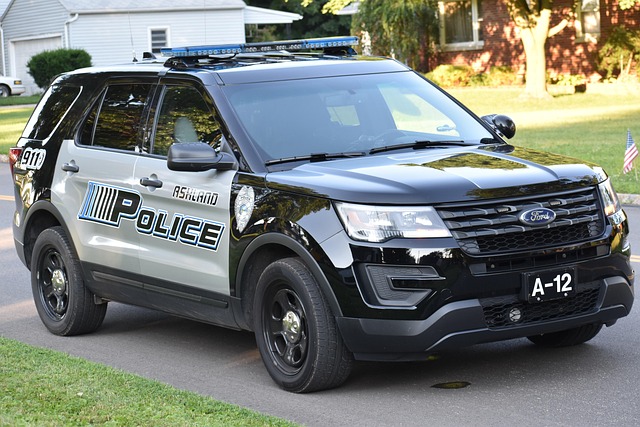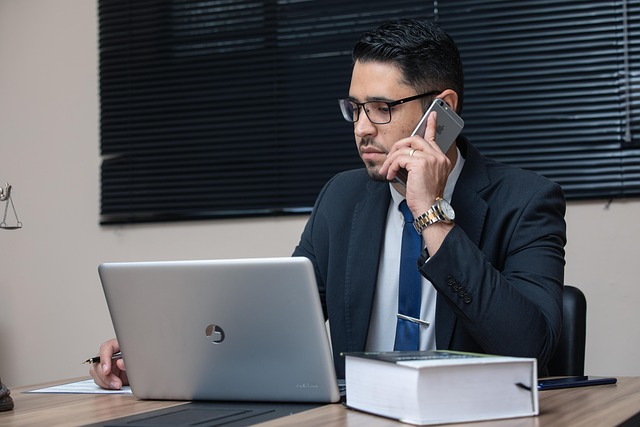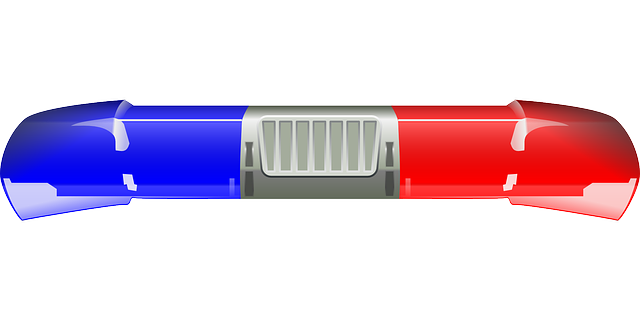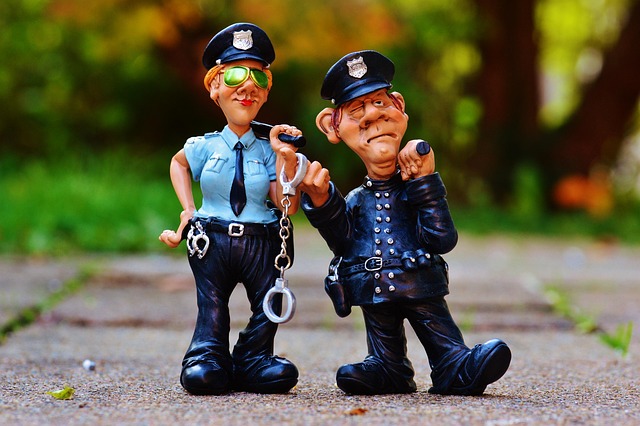In a complex business environment with high-stakes regulatory cases, understanding and adhering to legal standards is crucial. Effective planning involves recognizing challenges like interpreting regulations accurately and presenting forensic evidence competently. Mastering how to challenge this evidence in court, using tools like expert witnesses and cross-examination, is vital for strategic decision-making and ensuring justice. Legal professionals must scrutinize collection processes, methodology, examiner qualifications, and public perception to effectively challenge forensic data, including DNA and ballistics reports, aiming for favorable verdicts by leveraging case law.
Regulatory compliance issues are a complex web that businesses and professionals must navigate carefully. This article explores the intricate landscape of these challenges, focusing on common pitfalls and strategies for navigating them effectively. We delve into the significance of understanding regulatory requirements and the pivotal role of forensic evidence in legal proceedings. Learn how to challenge forensic evidence in court with our comprehensive guide, equipping you with essential tools to mitigate risks and ensure compliance.
- Understanding Regulatory Compliance Issues: Common Pitfalls and Challenges
- The Role of Forensic Evidence in Legal Proceedings
- Strategies for Challenging Forensic Evidence: A Comprehensive Guide
Understanding Regulatory Compliance Issues: Common Pitfalls and Challenges
Regulatory compliance issues are ubiquitous in today’s complex business landscape, particularly in high-stakes cases where the stakes are high and consequences severe. Organizations must navigate a labyrinthine web of laws and regulations to ensure they remain legally sound, often facing challenges that can lead to costly mistakes or even the complete dismissal of all charges. Understanding these pitfalls is crucial for effective strategic planning.
One significant challenge lies in the interpretation and application of legal standards, especially as regulations evolve. Missteps in understanding or implementing these standards can result in flawed decision-making processes. Moreover, presenting forensic evidence in court poses unique hurdles. How to challenge such evidence effectively is a complex art that demands meticulous preparation, as it can make or break jury trials.
The Role of Forensic Evidence in Legal Proceedings
Forensic evidence plays a pivotal role in legal proceedings, offering a scientific and objective perspective on criminal investigations. It can include anything from DNA analysis to ballistics reports, helping courts make informed decisions. However, understanding how to challenge forensic evidence in court is crucial, especially as these findings can sometimes be misinterpreted or contested. This becomes increasingly important across the country, where an unprecedented track record of cases has highlighted the need for rigorous scrutiny.
Expert witnesses and cross-examination are key tools in questioning the reliability and validity of forensic data. Lawyers may challenge the methodology used, the qualifications of the examiner, or even the potential for human error. This process ensures that justice is served and protects against wrongful convictions, fostering trust in the criminal justice system. Moreover, an understanding of these complexities can influence public perception, with the evidence’s reliability affecting the confidence of philanthropic and political communities in the legal framework.
Strategies for Challenging Forensic Evidence: A Comprehensive Guide
Forensic evidence plays a pivotal role in criminal trials, but it’s not infallible. A robust understanding of how to challenge this evidence can significantly impact court outcomes. The first step involves meticulous examination of the collection and preservation process. Often, errors or contamination can compromise the integrity of forensic samples, making them inadmissible. Legal professionals should also scrutinize the methodology employed, as different techniques may carry varying degrees of reliability. Expert witnesses can be instrumental in this, providing insights into the potential biases or limitations of specific forensic methods.
Another strategic approach is to question the chain of custody. This involves tracing the evidence’s movement from collection to presentation in court. Any gap or untested link in this chain weakens its credibility. Moreover, it’s crucial to explore case law and legal precedents related to the particular type of forensic evidence at hand. An unprecedented track record of successful challenging defenses can be a powerful tool for building a compelling argument. By employing these strategies, businesses and individuals alike can ensure their respective rights are protected, aiming for winning verdicts in court.
Regulatory compliance issues often present significant challenges, especially when forensic evidence plays a crucial role in legal proceedings. Understanding common pitfalls and having strategic approaches to challenge such evidence is essential for navigating complex legal landscapes. By employing comprehensive strategies, as discussed in this article, including recognizing potential manipulation, understanding technical aspects, and leveraging expert opinions, individuals and organizations can effectively defend against forensic evidence. Ultimately, knowing how to challenge forensic evidence in court is a valuable skillset, ensuring fairness and accuracy in legal outcomes.






